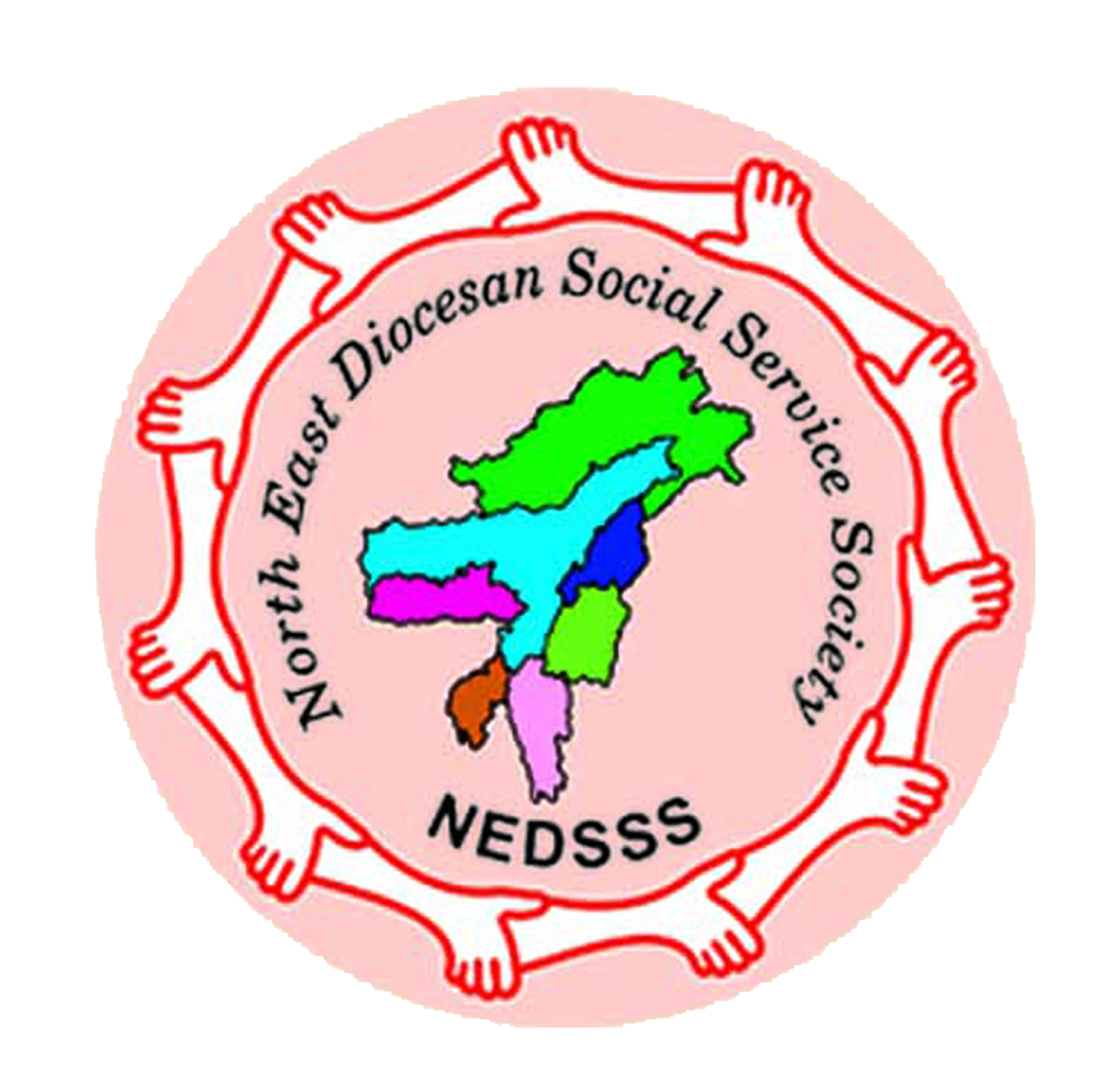Community Action for Water, Sanitation and Nutrition in North East India
| Project Title | Community Action for Water, Sanitation and Nutrition in North East India
Health Phase IV |
| Funding Agency | Misereor, Project No. 321-903-1071ZG
Kinder Mission Werk, D190317038 |
| Duration | 1st October, 2019 to 30th January, 2023 (Three Years) |
| Operational area | Assam, Arunachal Pradesh, Mizoram, Manipur, Meghalaya |
| Target groups | Pregnant Women, Lactating Mothers, Children less than 5years old |
| Project Goals | The project envisages improving nutritional status of pregnant women, lactating mothers and children less than five years old and enhanced health /reduced diseases through better water and sanitation facilities in 254 villages of North East India. |
| Objectives | 1. By the end of funding period, in the 254 targeted villages, the number of intuitional deliveries has increased by 40% and the number of children fully immunized by the age of two has increased by 30%.
2. By the end of the funding period, in the 254 targeted villages the incidence |
| Project Brief | The Proposed project titled: “Community Action for Water, Sanitation and Nutrition in North East India.” The project is implemented for a period of 3 years. The project is implemented in 254 villages spread across 16 districts of five north-eastern states: Assam, Arunachal Pradesh, Manipur, Meghalaya and Mizoram. The project envisages reducing diarrhoea and improving nutrition among pregnant women, lactating mothers and children under five years age; and providing healthcare services for people with diseases that are highly prevalent in the operational villages i.e., oral and breast cancer, ringworm, TB, HIV through PPTCT and cataract. The primary beneficiaries of the project are pregnant and lactating women, children under the age of five years and adolescent girls |
| Accomplishment | • The project is able to reach out to 24,075 households and 125,663 populations in 254 project villages.
• With the involvement of 31 health centres, various services specifically focused on improving nutrition among pregnant and lactating women and adolescent girls; and hygiene and sanitation among pregnant women and children • Further, significant efforts are made by each of the partners to address the diseases/conditions that are highly prevalent in the respective operational villages by implementing awareness activities. • Fair contribution has been made by the project in improving the nutrition and hygiene conditions; and knowledge of the people on diseases/conditions of local importance. • Education and demonstration sessions on hand washing were organized in schools for improving the practice of hand washing among children. • Education and demonstration sessions were organized on feeding practices for pregnant women and lactating mothers. • Education and demonstration sessions on importance of balanced diet and preparation of nutritious food across colleges and SHGs. Many households have also started kitchen farming for economically sustaining the practice of balanced diet. • Village Health, Sanitation and Nutrition Committees (VHSNCs) across the Government PHCs have been made functional. Measures are being made by the VHSNCs for improving hygiene, sanitation and promotion of nutrition. • Networking with Government health facilities for advocacy on health issues and challenges in the villages was undertaken. These efforts have helped in improving immunization coverage.
|
